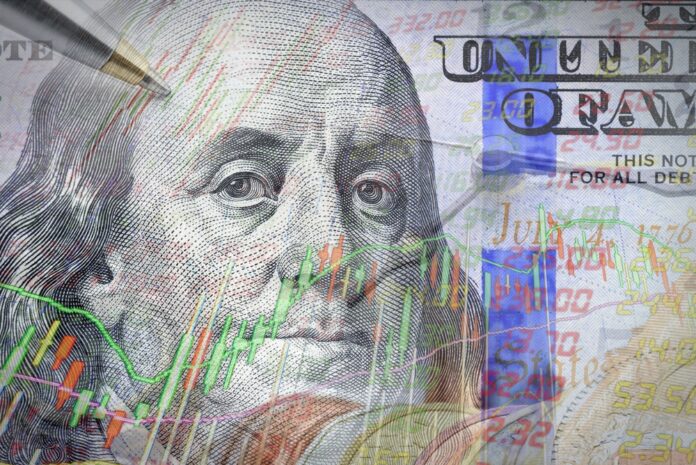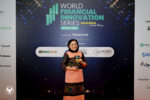Net foreign direct investment (FDI) inflows into the Philippines reached US$1.3 billion in July 2025, down 7.5 percent from US$1.4 billion in the same month last year, according to data from the Bangko Sentral ng Pilipinas (BSP).
The decline reflects a continued moderation in investor sentiment, following a sharper 17.8 percent drop in June, and brings year-to-date (YTD) inflows to US$4.7 billion, 20 percent lower than the US$5.9 billion recorded in January–July 2024.
The July decline was mainly due to a 39.4 percent contraction in nonresidents’ net investments in debt instruments, which fell to US$711 million from US$1.2 billion in July 2024. These debt instruments primarily include intercompany loans between foreign investors and local subsidiaries.
However, the headline decline masked a strong rebound in equity capital, which surged by 450.6 percent, reaching US$418 million from just US$76 million a year earlier. Reinvestment of earnings also rose 14.3 percent, from US$122 million to US$139 million, indicating continued confidence from existing investors.
Japan and the United States were the top sources of equity capital in July. Investments were primarily channeled into wholesale and retail trade, manufacturing, and real estate — mirroring sectoral trends seen in previous months.
The July figures follow a weak performance in June, when FDI fell to a three-month low of US$400 million, largely due to a sharp drop in equity capital inflows. In contrast, July’s recovery in equity investments could signal early signs of stabilization, although overall FDI flows remain subdued compared to last year.
The BSP compiles FDI data based on the Balance of Payments and International Investment Position Manual (BPM6), which differs from investment approval figures reported by other government agencies. Unlike approved commitments, BSP’s data reflect actual realized inflows and adhere to a 10 percent foreign ownership threshold.
While the jump in equity capital offers a positive note, the sustained weakness in debt instruments and overall year-to-date contraction suggest underlying caution among foreign investors.
The continued inflow of funds into key sectors like retail and manufacturing, particularly from strategic partners like Japan and the US, remains crucial to supporting economic momentum amid global uncertainty.







